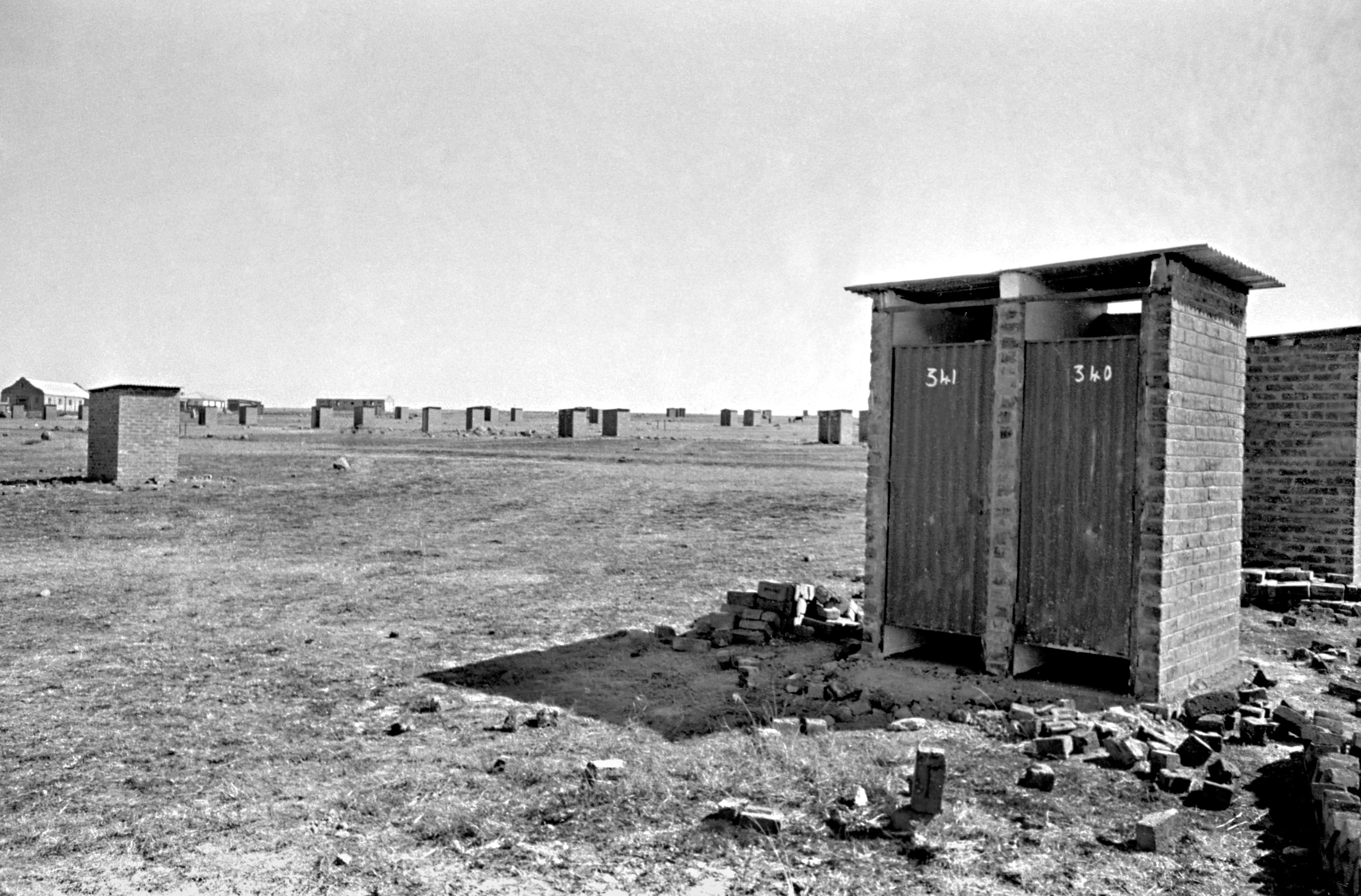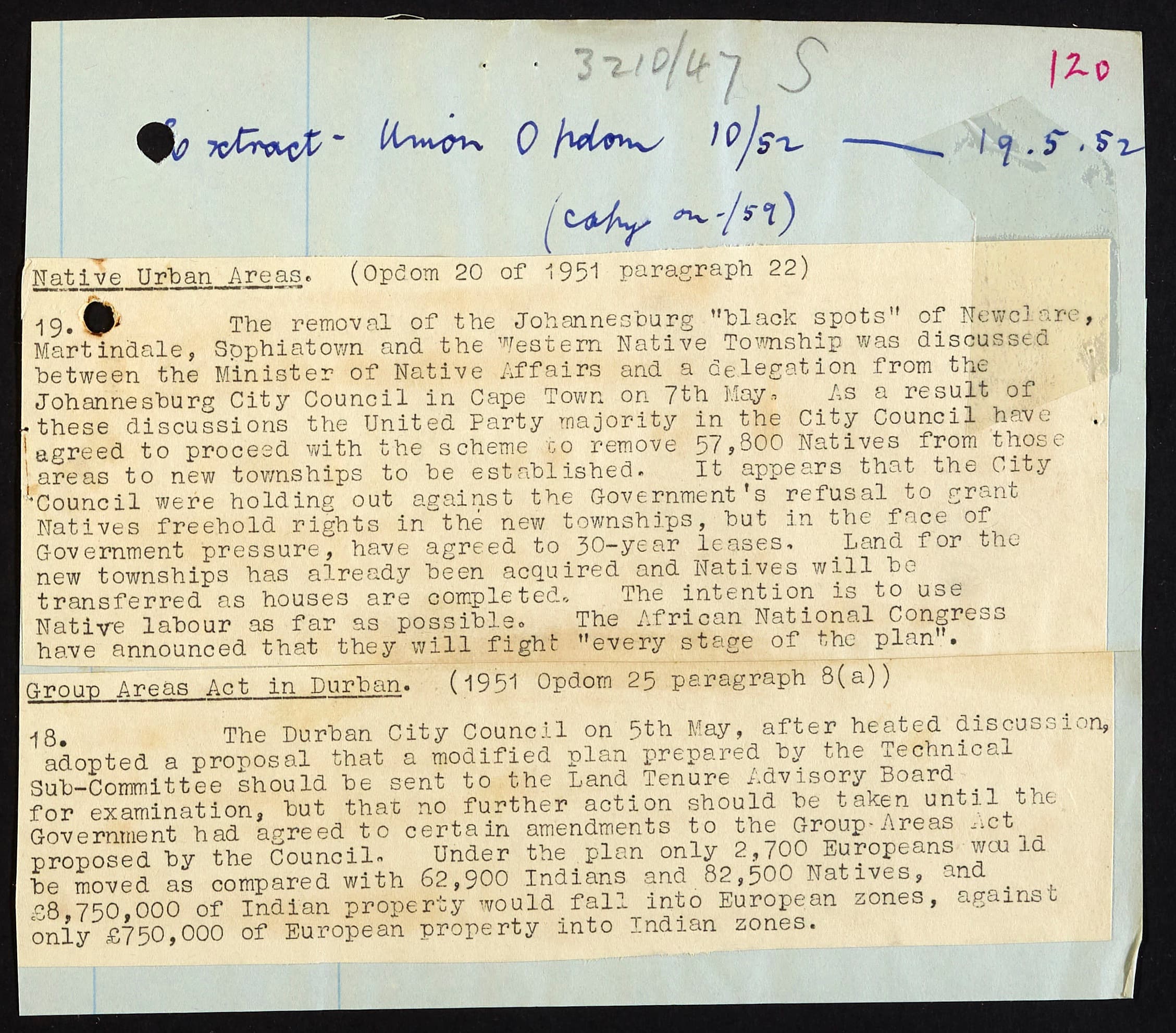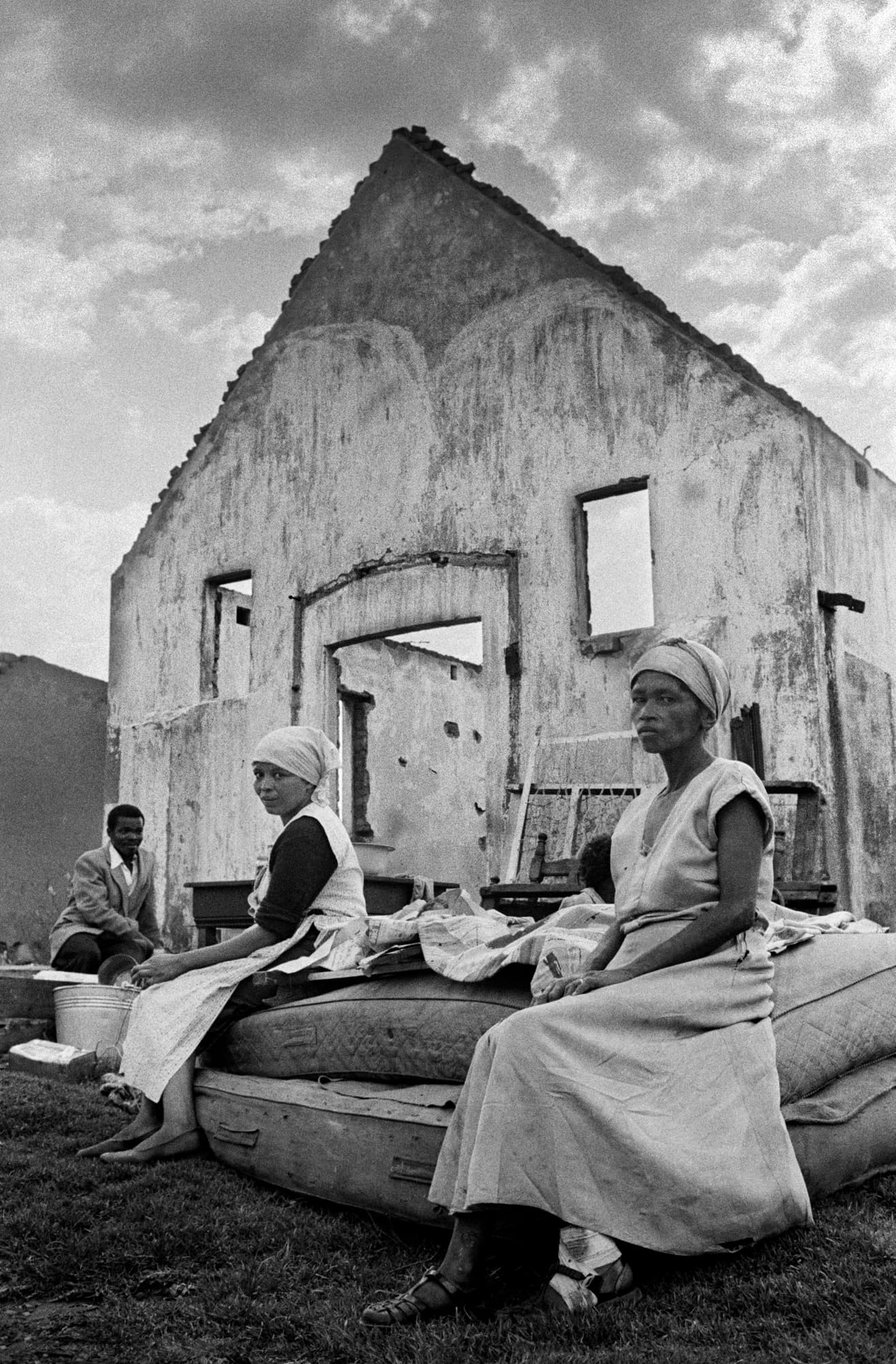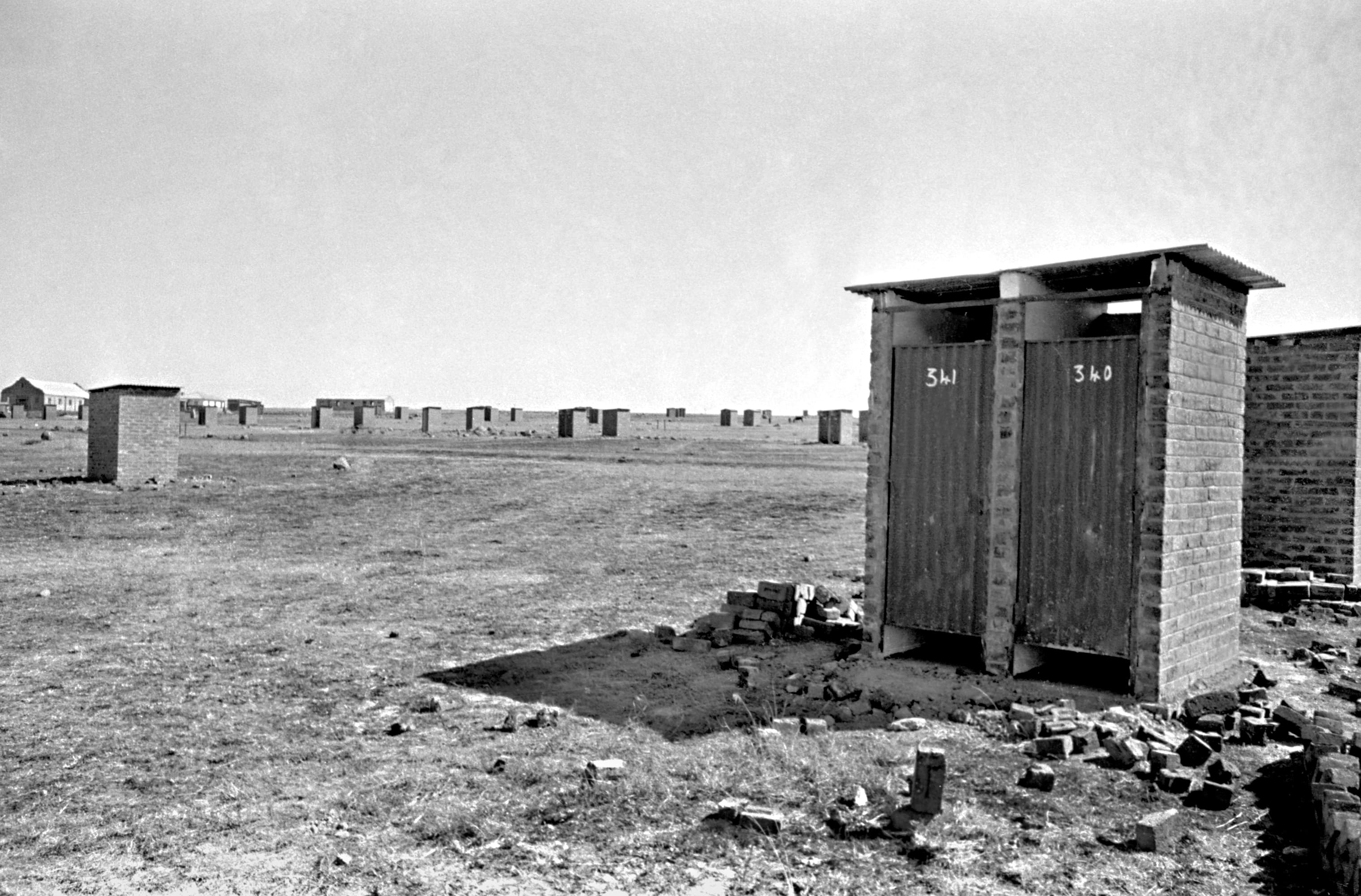Constituting Injury
Law, Dispossession and Resistance in South Africa

Apartheid Control
The National Party came to power in 1948 and developed a regime of apartheid (apartness). This system was built on a series of Laws and Acts which entrenched and expanded the existing racial segregation and oppression. At the centre of this system was the Population Registration Act of 1950 which racialised the entire population into three groups: White, Native, and Coloured. Those designated as non-white lived in a system of racist oppression, with those designated Native/Bantu treated as most inferior.
The Group Areas Act of 1950 was a cornerstone of apartheid legislation. In short, the Act enforced territorial segregation of urban South Africa based on the racial lines of the Population Registration Act. Municipalities were tasked with dividing and designating urban land to each population group, a process which was hugely destructive. In this process, many historically Black and racially diverse areas were designated for the white population. This led to the destruction of communities, forced displacement, and large-scale dispossession.
Group Areas Act in Practice

This document held by the National Archives of the UK - likely an internal memo for the Commonwealth Relations Office - gives an insight into the scale of the implementation of the Group Areas Act in urban settings, with focus on Johannesburg and Durban. The material held at the National Archives also indicates the continued British interest in South Africa and the implementation of apartheid.
Group Areas Act in Practice: From Sophiatown to Meadowlands

Sophiatown became one of the most notorious cases of forced displacement under the Group Areas Act. The story of Sophiatown was iconically captured by Jürgen Schadeberg, the principal photographer for Drum magazine, a highly influential magazine written for a Black audience.
Sophiatown, a western suburb of Johannesburg, was a historically diverse neighbourhood with a history of black freehold. The three neighbouring suburbs of Sophiatown, Newclare and Martindale were known as the Western Areas. From the 1930s, there were several proposals to destroy the Western Areas. In 1951, following the passing of the Group Areas Act, the Minister of Native Affairs announced that the “Black Spots” in the Western Areas were to be cleared, and the area would be rezoned as a white location (Lodge, 1981). The first families were removed from Sophiatown in February 1955, and the process was completed by 1960. Sophiatown was renamed Triomf and was repopulated by white communities.
https://www.jurgenschadeberg.com/
The authorities identified Meadowlands, an empty area of land 15 miles from the centre of Johannesburg, as the destination of those forcibly removed from the Western Areas. Here, a planned segregated township was constructed (Lodge, 1981). Jürgen Schadeberg’s photography captures the desolation of Meadowlands.

https://www.jurgenschadeberg.com/